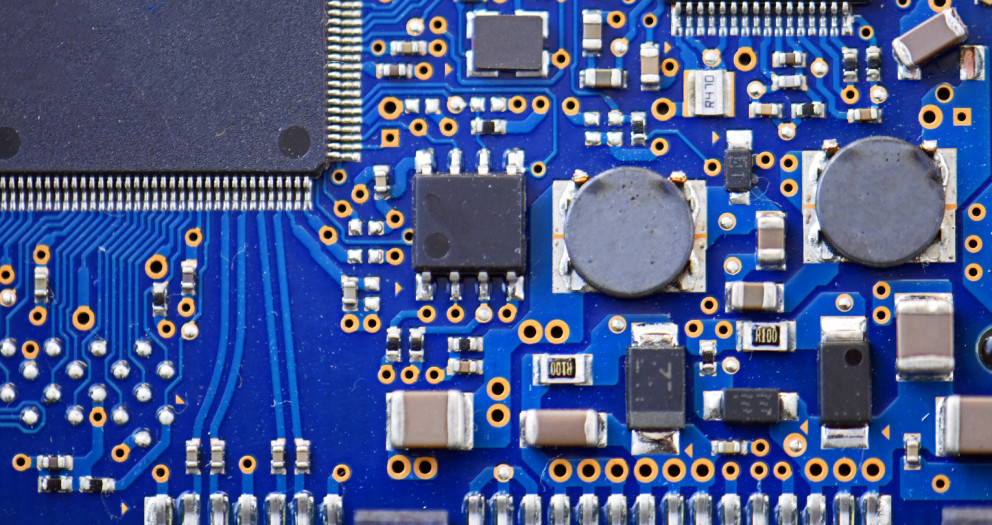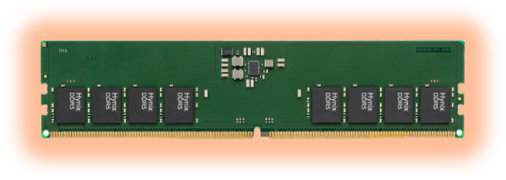Planning for Obsolescence: A Competitive Edge in Modern Electronics

In the fast-paced world of electronics, component obsolescence is not an unexpected disruption. It is a predictable event that demands long-term planning. As we move further into 2025, the accelerating pace of innovation continues to shorten product lifecycles, increasing the pressure on supply chain resilience and design flexibility.
The Accelerating Pace of Obsolescence
Recent industry analysis found that over 473,000 electronic components reached end-of-life (EOL) in 2023, a stark indication of how rapidly manufacturers must adapt to a shrinking window of part availability. What is more concerning is that nearly 30% of those parts were discontinued without a formal Product Change Notification (PCN), meaning that many engineers and buyers only learned about the EOL when it was already too late to respond effectively.
Meanwhile, the problem is not just legacy parts being phased out. Entire architectures risk becoming obsolete as the use cases around them evolve. At a recent industry event, the CEO of the semiconductor innovation lab, imec, warned that even modern chips designed for artificial intelligence may face premature obsolescence. The argument is that today’s AI hardware, focused on raw compute power, could be rendered ineffective if future AI software shifts in architecture or performance requirements. To address this, research is now exploring programmable chips that can adapt after fabrication, an effort to keep hardware relevant longer despite unpredictable software evolution.
The Cost of Being Caught Off Guard
When companies treat obsolescence as a surprise, the result is often expensive workarounds. Many are forced into last-time buys, spending capital on stockpiling soon-to-be-obsolete parts, sometimes years in advance of actual need. Others face the even more costly prospect of redesigning boards or entire systems around new parts, especially if firmware and certifications are involved.
Production lines can grind to a halt while engineers scramble to find functional replacements, delays that often cascade through a company’s delivery pipeline. And even when substitutes are found, they may require testing, requalification, or customer approval, none of which can happen overnight. These hidden costs make reactive obsolescence management a risky and expensive way to run a business.
Strategic Obsolescence Planning
That is why leading companies are now treating obsolescence not as a procurement problem, but as a design and strategy issue. Experts are now emphasizing the value of working with authorized extended manufacturers who can continue producing EOL components under license, particularly for long-lifecycle products like medical or industrial equipment. In addition, engineers are beginning to design with interchangeability in mind, selecting components with cross-compatible footprints or building in the flexibility to accept multiple suppliers. Tools that combine predictive analytics with real-time lifecycle monitoring are also becoming key to supply chain visibility. Even small decisions about packaging or voltage tolerance can dramatically expand the window for component replacements down the line.
Looking Ahead
At SMARTsemi, we help customers prepare, not just react. That means identifying at-risk components in active designs and sourcing drop-in equivalents before the problem becomes urgent. It also means maintaining strong relationships with trusted suppliers and authorized aftermarket manufacturers, so our customers are not left without options. We don’t wait for parts to disappear. We look at roadmaps, EOL patterns, and real-time availability data so we can flag issues before they show up on your production line. Obsolescence is not a crisis when you plan for it. It is just part of the lifecycle.
The numbers don’t lie: Component obsolescence is accelerating, and the risk of being blindsided is only growing. However, with the right strategy and the right partners, it is entirely manageable. In fact, it can be a competitive advantage for those who embrace it.
SMARTsemi is your supply chain partner for DRAM components, eMMC solutions, and SD/microSD Flash Memory Cards for long-life applications. With 20+ years of industry experience, we understand your challenges and have aligned our priorities with yours to simplify your memory chip supply chain for the long run. We know what you need before you need it. Get a jump start and request a sample today.







